Premium Only Content
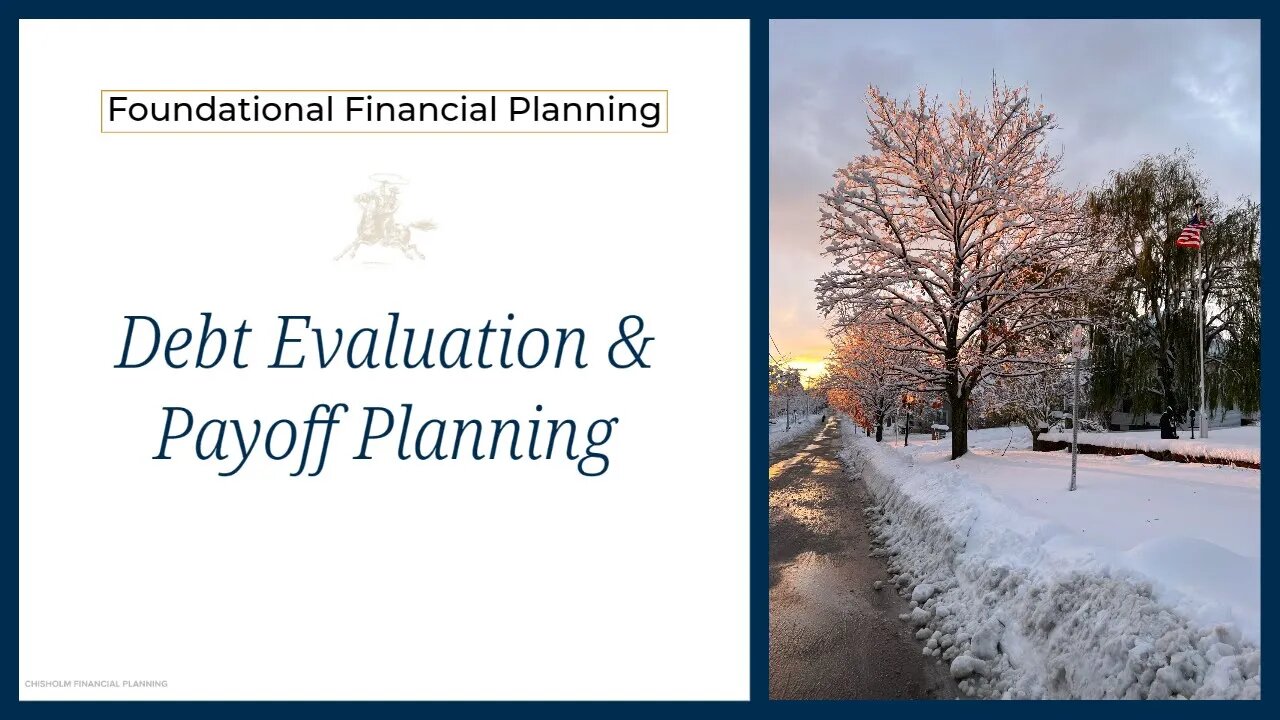
Foundational Financial Planning - Debt Evaluation & Payoff Planning
This week we will focus on debt. We will discuss debt as a symptom of a much larger problem, I will outline how to characterize debt—useless versus useful, and provide some payoff strategies that may be helpful in getting control of your debt.
Debt Is a Symptom of a Larger Problem
To master this foundational step, requires you first evaluate the type of debt you hold and make an aggressive plan to pay off debt that is not moving you forward financially (which is most debt). Debt is often a result of money mismanagement and overspending and it stops your financial advancement by forcing you to allocate monthly cashflow to debt service instead of other goals such as saving.
Are you living outside your means?
Depending on the type of debt you have, it is most often a result of living outside your means. Particularly, if much of your debt is consumer debt (credit cards, personal loans), it is time to go back to step one (Budgeting & Lifestyle Management) and evaluate your spending habits and put yourself on a budget.
Are you engaging in the cycle-of-debt?
If you find yourself engaging the cycle-of-debt, meaning, you payoff debt only to constantly accumulate it once again, this is a mismanagement of your resources. We will discuss creating an emergency fund in the next Stack, as an emergency fund will help end this cycle. But for now, if you find yourself in this cycle, you must begin with foundation #1—Budgeting & Lifestyle Management and then proceed to creating a way to payoff your current debt and end this cycle.
Debt Stops You From Funding Other Goals
When your monthly cashflow continues to be allocated to debt service, that is cashflow you cannot allocate to things like:
Building an emergency fund.
Saving in advance for expense goals such as vacations, activities, and other enjoyable life events.
Saving for a car or a home.
Increasing your retirement savings.
Get Started Tackling This Once & For All
First, create a list of all your outstanding debt (mortgage, car loan, credit cards, personal loans, etc.), paying particular attention to high-interest debt. Make sure your list includes what each loan is charging in interest. Now, you want to categorize your debt. I use two categories for debt—useless and useful.
Useless Debt
This is debt that does not move you forward financially. Credit cards, personal loans, and other high-interest borrowing is often acquired because of emergency needs and/or lack of budgeting and failing to live within your means. This is the debt you accumulate when you are engaging in the cycle-of-debt to keep your lifestyle going. Typically, this debt is carried at high interest rates—so once acquired, this debt can be very difficult to get under control.
Useful Debt
Some other types of debt such as mortgages and student loans is money borrowed with the intention of improving your financial situation in the near-to long-term. Generally, debt acquired for long-term financial improvements I consider “useful” debt and most often these loans are at lower interest rates, and can even tax deductible. There are certainly caveats to this characterization and your situation may illustrate when a mortgage or student loan payments enter into the useless debt category, but in general, you should focus on the consumer debt first.
Create a Debt Repayment Plan
Once you have a list of all your debt, focus solely on paying off the useless debt. Allocate all your excess resources to paying down this debt. For example, do not make extra mortgage payments if you have credit card debt. As a rule of thumb, anything with an interest rate over 5% should be paid down as quickly as possible. Anything under 5% can wait until the higher-interest loans are dealt with. If you have multiple high-interest, useless loans, there are two strategies that can assist in paying them down:
Snowball Debt Method - Begin paying off the smallest useless loan aggressively, knocking that out and then moving on to the next smallest loan. Apply whatever payment you had on the smaller loan, to the next. As you payoff these loans, you will start to feel more in control of your situation.
Pay High-Interest Debt First - Another way to attack your debt is to simply pay the most you can towards your highest interest loan until it is paid off and then moving on to the next loan. This strategy can sometimes be discouraging, particularly if your highest interest loan is also your largest loan. Unlike the snowball debt method, you may not immediately see results in your efforts.
Whatever method you choose, make a plan to attack your debt and stick with it.
-
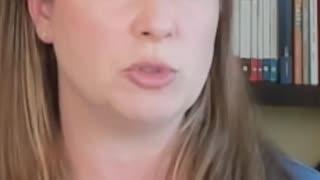 0:31
0:31
Jenny Logan, CFP®
6 days agoRSU Tax Trap- Why You May Owe More Taxes Than You Think!
101 -
 39:39
39:39
Michael Franzese
2 hours agoIs Alligator Alcatraz Really That Bad? My Honest Take
22.6K8 -
 LIVE
LIVE
The HotSeat
1 hour agoYou Can’t Flashy-Thing Us! The Epstein Cover-Up STINKS — And the FBI’s the Real Criminal Empire!
896 watching -
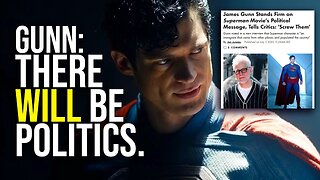 22:58
22:58
Clownfish TV
10 hours agoSuperman WILL Be Political, Says James Gunn.
9515 -
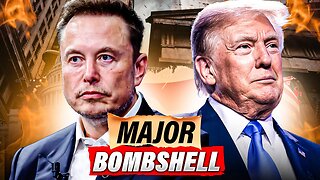 47:19
47:19
The Finance Hub
5 hours ago $0.58 earnedYou Won't BELIEVE What JUST Happened To Elon Musk!
277 -
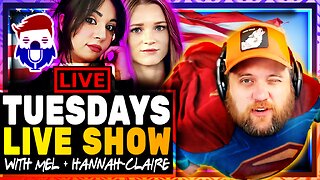 1:41:41
1:41:41
The Quartering
3 hours agoEpstein Coverup Gets Worse, Superman Is Super Woke & Brett Cooper Replacement Savaged!
98.6K39 -
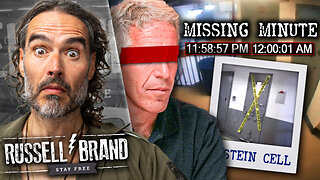 1:44:23
1:44:23
Russell Brand
5 hours agoTHE MISSING MINUTE! Epstein Footage Missing AT LEAST A Minute + Cell Door Questions - SF610
157K33 -
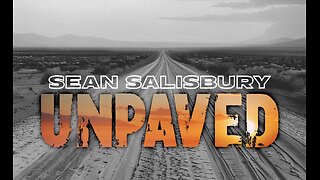 57:27
57:27
Sean Unpaved
4 hours agoMidseason Mindset, Texas Heroes, & the Hype Surrounding EA's New CFB 26
34.5K2 -
 2:10:20
2:10:20
Nikko Ortiz
5 hours agoLIVE STREAM!!!
66K4 -
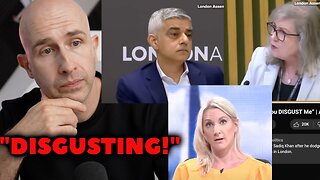 13:25
13:25
BlackBeltBarrister Off The Record
8 hours ago $0.69 earnedTHIS is Why People Are Angry!
21.8K13